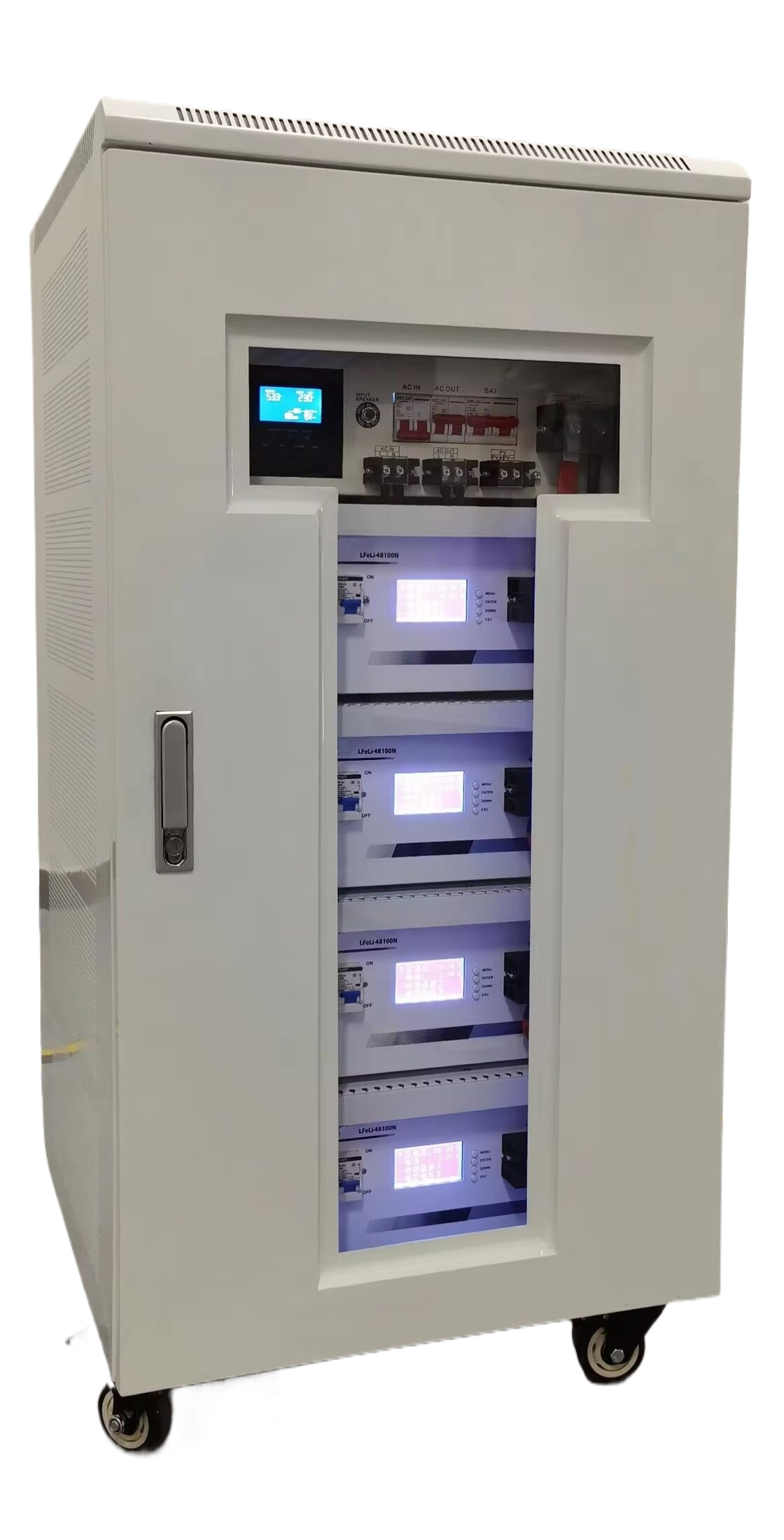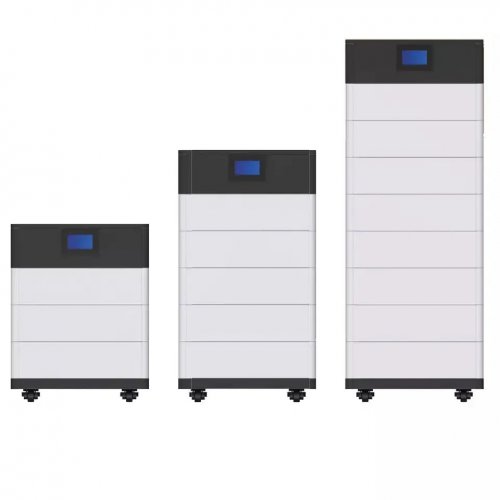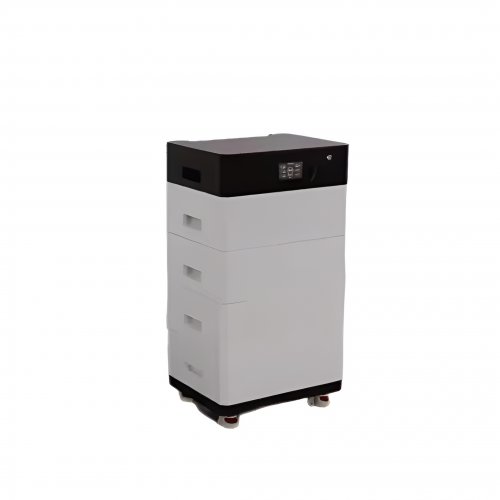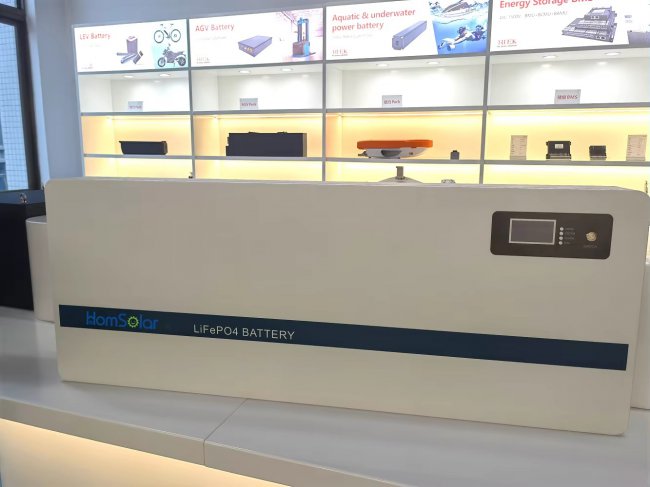Lithium Iron Phosphate Battery Performance Review: Uncompromising Safety And Longevity In Energy Storage
In the rapidly evolving landscape of energy storage, Lithium Iron Phosphate (LiFePO4 or LFP) chemistry has emerged as a formidable contender, challenging the dominance of traditional lithium-ion counterparts. This review delves into the core performance characteristics of a modern LFP battery, examining its functional capabilities, inherent advantages, and limitations to provide a clear-eyed assessment for potential users.
Product Functionality and Core Features
The primary function of a LiFePO4 battery is to provide a stable, rechargeable source of DC power. Unlike consumer electronics with a single form factor, LFP technology is implemented across a vast range of products, from compact power stations for camping to expansive solar energy storage systems and electric vehicle power trains. For this evaluation, we consider a generalized, high-quality 100Ah 12V LFP deep-cycle battery, a common choice for recreational and backup power applications.
Key performance features inherent to this chemistry include a stable nominal voltage of 3.2V per cell (12.8V for a standard 4-cell battery), a flat discharge curve, and an exceptionally high cycle life. The flat voltage curve means the battery delivers consistent power output—critical for sensitive electronics—until it is nearly fully depleted, unlike other battery types whose voltage sagges progressively.
Advantages: The LFP Value Proposition
The benefits of LiFePO4 are substantial and form the core of its growing popularity.
1. Exceptional Cycle Life and Longevity: This is arguably the most significant advantage. A quality LFP battery can endure between 3,000 to 5,000 charge-discharge cycles while retaining 80% of its original capacity. This dwarfs the 300-500 cycles typical of lead-acid batteries. In practical terms, this translates to a service life of up to a decade or more, even with regular use, fundamentally altering the cost-per-cycle calculation.
2. Superior Safety Profile: Safety is the cornerstone of LFP chemistry. The phosphate-based cathode material is intrinsically more stable than the cobalt-oxide cathodes found in other lithium-ion batteries. It is highly resistant to thermal runaway, a chain reaction that can lead to fires or explosions, especially under conditions of overcharging, short-circuiting, or physical damage. This inherent stability provides immense peace of mind.
3. High Efficiency and Performance: LFP batteries exhibit remarkably high charge and discharge efficiency, often exceeding 95-98%. This means less energy is wasted as heat during charging, allowing for faster recharge times from solar panels or AC power. They also support high continuous discharge currents, reliably powering demanding appliances like induction cooktops or power tools.
4. Maintenance-Free and User-Friendly: Unlike lead-acid batteries, LFPs require no periodic watering, equalization charges, or specific mounting orientation. They are truly "set and forget" assets. Furthermore, they can be regularly discharged to 90-100% Depth of Discharge (DoD) without incurring damage, providing access to the full usable capacity of the battery.
Disadvantages and Limitations
Despite its strengths, the technology is not without its drawbacks, which must be considered for any application.
1. Higher Initial Cost: The most immediate barrier to adoption is the upfront cost. An LFP battery can be two to three times more expensive than a comparable capacity lead-acid battery. However, this must be weighed against its vastly longer lifespan and superior performance, which often results in a lower total cost of ownership over time.
2. Lower Energy Density: By volume and weight, LFP chemistry has a lower energy density than other lithium-ion variants like NMC (Nickel Manganese Cobalt). This means an LFP battery will be larger and heavier for the same stored energy. While it is still significantly lighter than lead-acid, this makes it less ideal for applications where extreme space and weight constraints are paramount, such as in some high-performance electric vehicles or ultra-portable devices.
3. Voltage Incompatibility: The nominal 12.8V voltage of an LFP battery is close to, but not identical to, a lead-acid battery's 12V. While often marketed as a "drop-in replacement," certain equipment calibrated specifically for the voltage characteristics of lead-acid—particularly older inverters and chargers—may not function optimally. A Battery Management System (BMS) is crucial for protection, but users must ensure their supporting equipment is compatible.
Actual Usage Experience
In real-world scenarios, the performance of an LFP battery is transformative. For a van lifer or boater, the ability to drain the battery to near-zero without anxiety and then rapidly recharge it via solar panels the next day is a game-changer. The consistent power output ensures that appliances run at full strength until the very end of the charge, eliminating the dimming lights and sluggish performance associated with dying lead-acid batteries.
In a home backup power setup, the silence, lack of maintenance, and the confidence that the battery will sit idle for weeks and still be ready to perform are invaluable. The absence of off-gassing allows for safe installation in living spaces. The long cycle life means the system is a durable investment rather than a consumable item that needs replacing every few years.
Conclusion
The performance of Lithium Iron Phosphate batteries presents a compelling case for anyone serious about reliable, safe, and long-term energy storage. Its strengths—phenomenal cycle life, unparalleled safety, and high efficiency—are not mere incremental improvements but fundamental shifts in capability. While the higher initial cost and slightly lower energy density are valid considerations, they are frequently offset by the total value proposition over the battery's extensive lifespan.
For applications ranging from off-grid power and marine use to home energy storage and professional backup systems, the LiFePO4 battery is not just an alternative; it is a superior solution that redefines expectations for performance and durability. It is a testament to the idea that the best technology is not only about power but about providing that power reliably and safely for years on end.
Customized/OEM/ODM Service
HomSolar Supports Lifepo4 battery pack customization/OEM/ODM service, welcome to contact us and tell us your needs.


HomSolar: Your One-stop LiFePO4 Battery Pack & ESS Solution Manufacturer
Our line of LiFePO4 (LFP) batteries offer a solution to demanding applications that require a lighter weight, longer life, and higher capacity battery. Features include advanced battery management systems (BMS), Bluetooth® communication and active intelligent monitoring.

Customised Lithium Iron Phosphate Battery Casing
ABS plastic housing, aluminium housing, stainless steel housing and iron housing are available, and can also be designed and customised according to your needs.

HomSolar Smart BMS
Intelligent Battery Management System for HomSolar Energy Storage System. Bluetooth, temperature sensor, LCD display, CAN interface, UART interface also available.


Terminals & Plugs Can Be Customized
A wide range of terminals and plugs can be customised to suit the application needs of your battery products.

Well-designed Solutions for Energy Storage Systems
We will design the perfect energy storage system solution according to your needs, so that you can easily solve the specific industry applications of battery products.



About Our Battery Cells
Our energy storage system products use brand new grade A LiFePO4 cells with a battery lifespan of more than 4,000 charge/discharge cycles.



Applications in Different Industries
We supply customized & OEM battery pack, assemble cells with wiring, fuse and plastic cover, all the cell wires connected to PCB plug or built BMS.
Applications: E-bike, Electric Scooter, Golf Carts, RV, Electric Wheelchair, Electric Tools, Robot Cleaner, Robot Sweeper, Solar Energy Storage System, Emergency Light, Solar Power Light, Medical Equipment, UPS Backup Power Supply.
We can provide you with customized services. We have the ability to provide a vertical supply chain, from single cells to pack/module and to a complete power solution with BMS, etc.


HomSolar (Shenzhen) Technology Co., Ltd
























